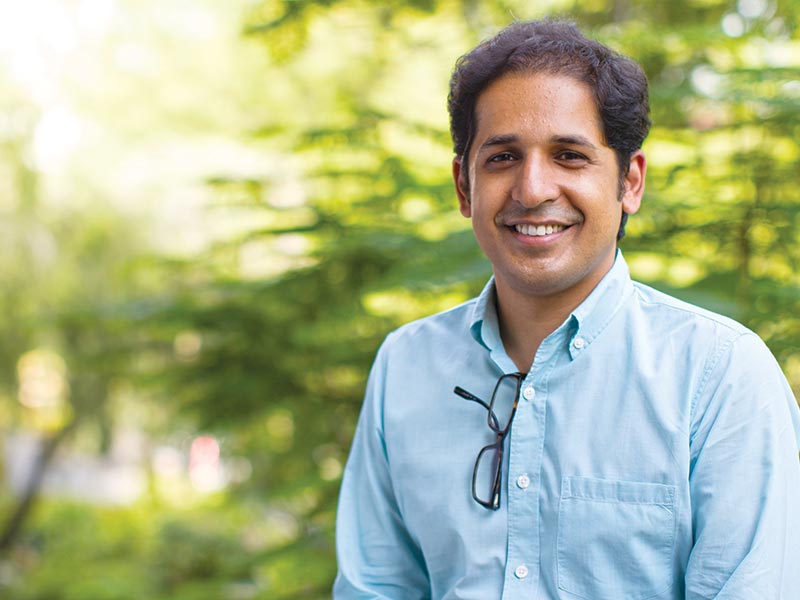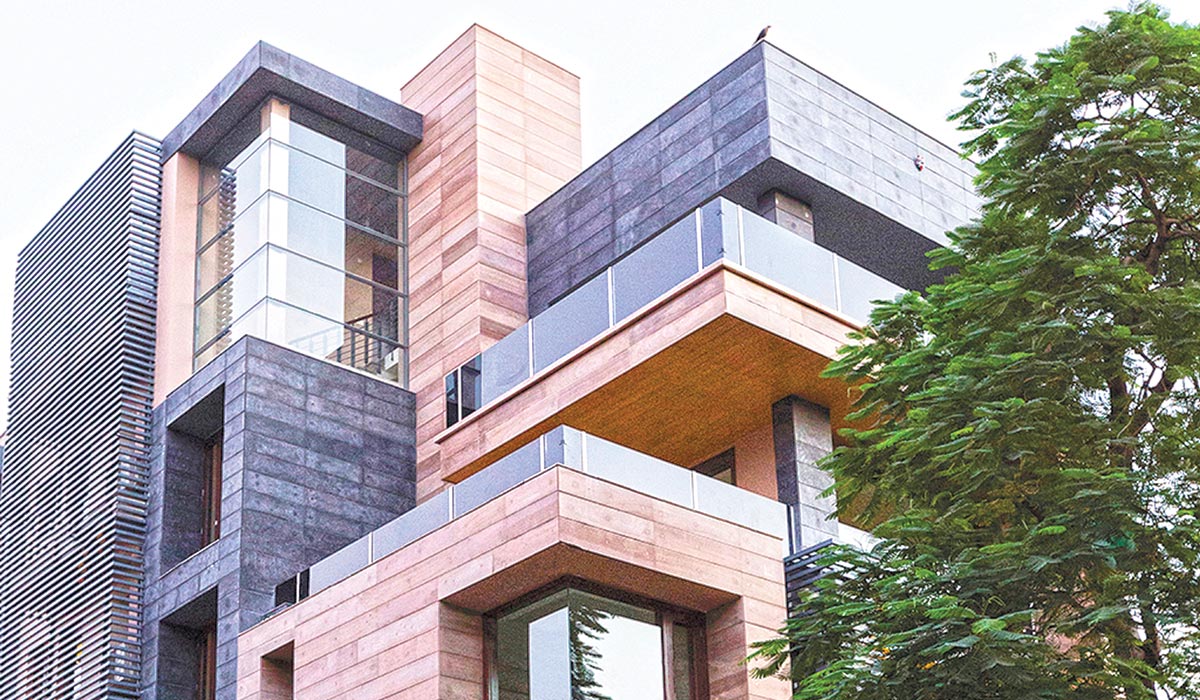
Contrary to beliefs, architecture in India is no longer completely prone to mimicking the West. Optimized usage of the resources involved in construction is once again a key factor and site responsiveness is the intention. The demand for good design is yet to grow significantly; people are still easily impressed by the mega-structures abroad and create a false notion about ideal contemporary architecture. But a parallel studio culture is evolving in India and is trying to reverse the trend and bring more informative projects to reality.
BIM is definitely the future of architecture.
Technological advancement has enabled all contractors involved in a project to be working on a design simultaneously. Eliminating time lost in corrections or complete revamping; virtually sitting in the same room and working on a project; increasing flexibility, optimizing the design process, and the library of prefabricated elements, which is growing exponentially every day. Eventually, we might reach a point where complex algorithms will allow seamless flow between concept, design and structure.

Traditional building materials like brick, stone etc exemplify responsible architecture.
Some things are timeless and we as architects never believed that materials like brick, stone and timber ever lost their charm; they will continue to be the primary choice of building material for AKDA. They exemplify responsible architecture, especially in a country like India, where locally sourced bricks are not only sustainable, but also promote employment. It is refreshing to see people embracing these materials and realising their beauty, rather than narrowing their perspectives towards just composite materials. Glass and steel are a necessity and their use will continue to trend; but, we believe that we will be approaching an amalgamation of both classes of materials in architecture, to create a more evocative language.
Prefab construction techniques are popular, but their growth is uncertain.
Personally, we eschew unmonitored industrialisation. Considering the vast abundance of skilled labour in India, it is far more easy to provide detailed and personalised work by employing them – something standardisation and automation yet cannot achieve. India has a vast repository of vernacular architecture, materials and traditional forms, which still need to be explored, repurposed and introduced to the urban context. Pre-fabricated construction technologies will continue to deliver to their scale and scope, but the more nuanced aspects of craft of construction will continue to be delivered by the traditional construction methods and people associated with it, for a long time to come.
Sustainability cannot be added on in a project but has to be built into it.
There is a dire need to improve the quality of our buildings. The materials used, skilled labour involved, supervision and the design itself needs to make the building ready for the future. Our buildings require a renewal in terms of language and style not in terms of form and physicality but the subtle use of spaces and interactions that happen between interiors and exteriors. Making buildings sustainable is no longer an option. The long term economic and social gains from energy efficient buildings and the socio-economic paradigm they create in the market, are far too important to be neglected anymore. Sustainability cannot be added on in a project but has to be built into it and reflected in the very thought of its process. However, existing buildings should be modified in every way possible that makes them more efficient and less reliant on passive systems.















